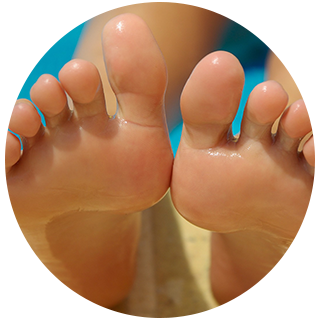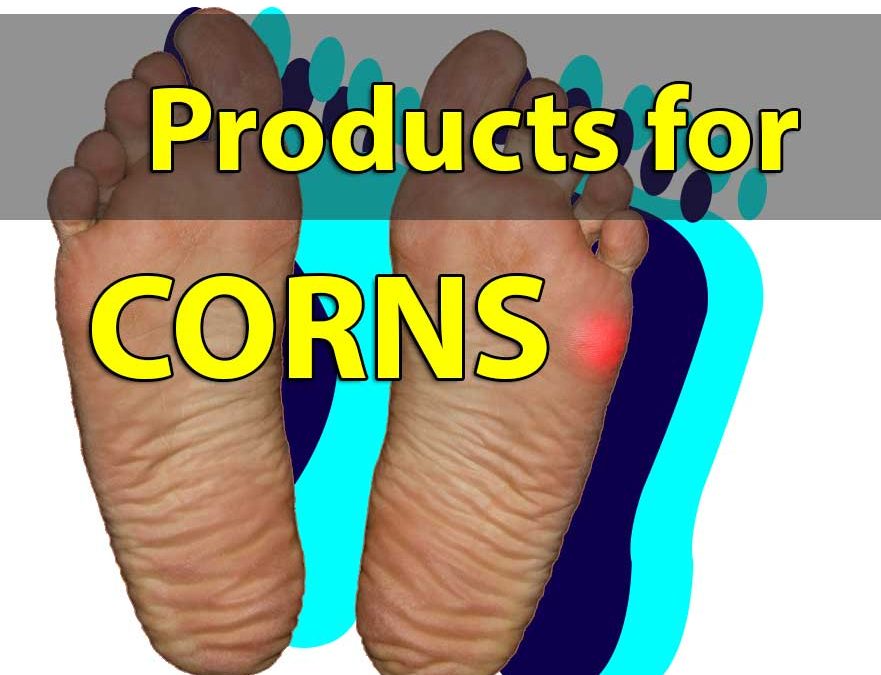Are they better or worse?
Over the counter remedies such as corn ointments or plasters generally only treat the symptoms not the actual problem and its cause.
Also they can easily damage the healthy skin surrounding the corn if not used properly which may lead to further problems such as infection or ulceration. Commercial preparations should only be used with professional advice and diabetics should never use them.
To treat painful corns, your podiatrist will gently remove some of the hard skin off the callus so that the centre of the corn can be removed. To allow the callus to heal and prevent future cases, your podiatrist may redistribute pressure on the foot with soft padding and strapping or deflective appliances that fit easily into your shoes. For corns on the toes, small foam wedges are useful for relieving pressure on affected parts.
For older patients suffering from calluses on the soles of the feet, extra shock absorption in shoes for the ball of the foot can help compensate for loss of natural padding.
Prevention is better than cure!
The best way to prevent the development of calluses and corns is to pay attention to your feet, when you feel there is extra pressure on specific areas. Properly fitting shoes are essential, especially if you spend long periods of time on your feet. Using a moisturiser daily will help keep your skin supple.
Don’t forget these problems are caused by pressure. If you feel you may be developing a callus or corn, or you already have one, the best thing to do is to seek advice and treatment from your podiatrist at Armadale Podiatry Clinic.


